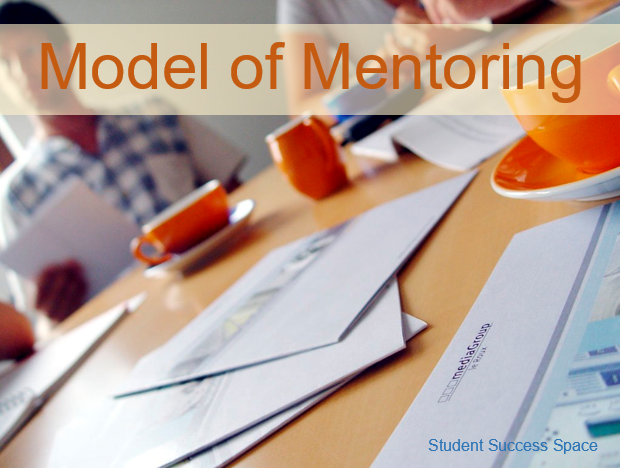The model of mentoring is a guide to aid the mentor and the learner through an effective learning process. Even the most independent of autonomous learners can enjoy the relationship a mentor will bring. This mentor should be nothing more than a transitional figure as the learner acquires the skills needed to learn without their guidance and input.
Within this new mentoring relationship, the mentor will recognize that their ultimate goal is to gradually withdraw as the learner becomes more proficient and capable.
The steps within this model of mentoring include entry, building trust, risk-taking, teaching of skills, developing professional standards and then gradually dissolving the mentor/mentee relationship. Of course, this does not mean that the mentor needs to completely remove themselves from the relationship with the mentee. It means that their roles have changed. The mentor will then become a peer as the model of mentoring moves into the dissolution stage.
For an effective relationship, the mentor needs to have several attributes including:
Nonjudgmental
Does not intervene
Supportive
Empathetic
Respectful, of the learner and others including peers
While looking at this new relationship and evaluating the effectiveness of mentoring, pay attention to the 10 top factors that affect the learner satisfaction as identified by Candy.
- Respect
- Structure and guidance
- Productivity
- Expertise
- Interpersonal rapport
- Stimulating teaching and instruction
- Accessibility
- Subject matter expert
- Maturity of mentor
- Communication
By carefully weighing and recalling each of these attributes, a successful relationship and experience between mentor and mentee will be achieved.
Sources:
Candy, P. (1991). Self-Direction for Lifelong Learning. San Francisco, CA: Jossey-Bass.
Subscribe to our YouTube Channel by clicking here.
By Tracy Atkinson
Tracy Atkinson, mother of six, lives in the Southwest with her husband and spirited long-haired miniature dachshunds. She is a teacher, having taught elementary school to higher education, holding degrees in elementary education and an EDS in higher education. Her passion is researching, studying and investigating the attributes related to self-directed learners and learning styles. She has published several titles, including MBTI Learning Styles: A Practical Approach, The Art of Learning Journals, Calais: The Annals of the Hidden, Lemosa: The Annals of the Hidden, Book Two, Rachel’s 8 and Securing Your Tent. She is currently working on a non-fiction text exploring the attributes of self-directed learners: The Five Characteristics of Self-directed Learners.

Comments are closed